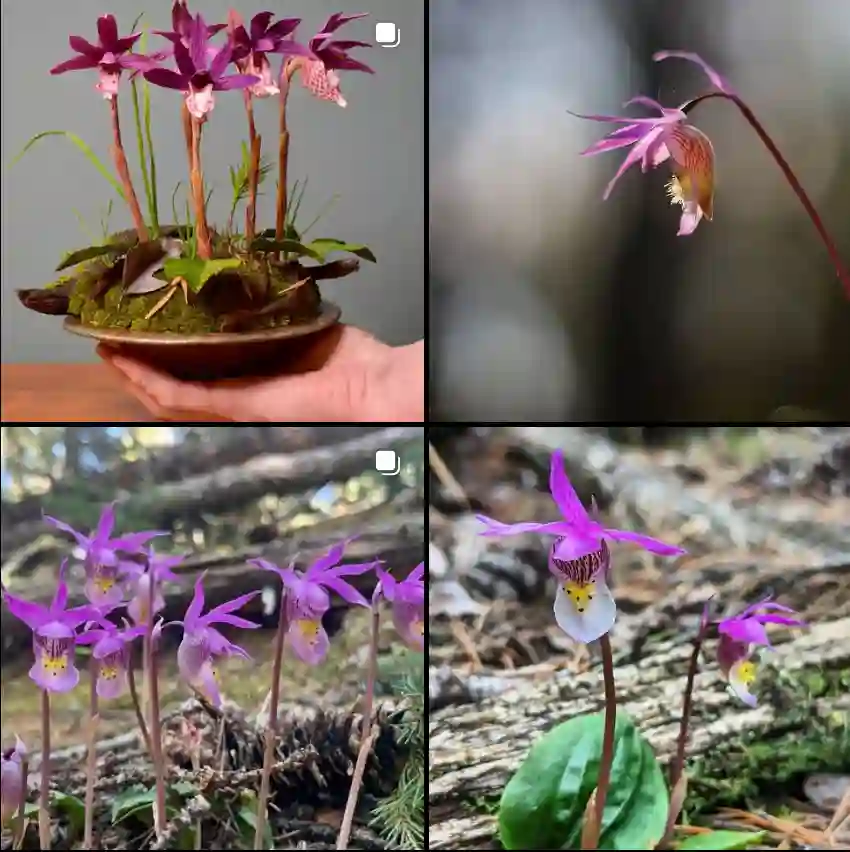Mentha Canadensis: A Comprehensive Guide to Your Frequently Asked Questions
Mentha Canadensis, commonly known as Canadian Mint, is a fragrant and versatile plant that has garnered attention among gardeners and herb enthusiasts alike. Whether you’re new to growing mint or a seasoned gardener, here’s a thorough guide addressing frequently asked questions about this plant.
39 Species in Genus Mentha – Mint Plant
What is Mentha Canadensis?
Mentha Canadensis, or Canadian Mint, is a species of mint native to North America. It is a perennial herb in the Lamiaceae family, which includes other popular mints like Peppermint and Spearmint. Unlike its more common relatives, Mentha Canadensis is valued for its hardy nature and distinct minty aroma, which can add a refreshing touch to gardens and culinary dishes.
How to Care for Mentha Canadensis?
Caring for Mentha Canadensis is relatively straightforward. Here are some key tips:
- Sunlight: Canadian Mint thrives in full sun to partial shade. While it prefers direct sunlight, it can also tolerate some shade, making it suitable for various garden conditions.
- Soil: This mint prefers well-draining soil that is rich in organic matter. It does well in loamy or sandy soils but can adapt to a range of soil types.
- Watering: Keep the soil consistently moist but not waterlogged. Regular watering is essential, especially during dry spells. However, be cautious of overwatering, as this can lead to root rot.
- Fertilizing: Fertilize your mint plant with a balanced, all-purpose fertilizer in the spring to promote healthy growth. Avoid over-fertilizing, as this can lead to excessive leaf growth at the expense of flavor.
- Pruning: Regular pruning helps to keep the plant bushy and productive. Remove flower spikes to focus the plant’s energy on leaf production. Prune back the mint to prevent it from becoming too leggy.
How to Propagate Mentha Canadensis?
Propagating Mentha Canadensis is quite simple and can be done through several methods:
- Division: Divide the plant in early spring or fall. Gently separate the root clumps and replant them in new locations. This method is ideal for established plants.
- Cuttings: Take stem cuttings from healthy plants. Remove the lower leaves, dip the cut end in rooting hormone, and plant it in a pot with moist potting mix. Keep the cuttings in a warm, bright location until roots develop.
- Seeds: Although less common, you can propagate Canadian Mint from seeds. Sow seeds indoors 6-8 weeks before the last frost date or directly outdoors after the risk of frost has passed. Keep the soil moist and warm until seeds germinate.
What to Plant with Mentha Canadensis?
Mentha Canadensis pairs well with a variety of companion plants. Consider planting it alongside:
- Basil: Complements mint in both flavor and appearance. Both herbs enjoy similar growing conditions.
- Parsley: A great companion that helps deter pests and enrich the soil.
- Tomatoes: Mint can help repel pests like aphids, which are common on tomato plants.
Avoid planting mint near plants that require dry conditions, as mint prefers consistently moist soil.
Is Mentha Canadensis Toxic?
Mentha Canadensis is not toxic to humans or pets. It is a safe plant to grow in your garden and use in culinary applications. However, as with all herbs, it is advisable to use them in moderation and consult a healthcare professional if you have any concerns.
Benefits of Mentha Canadensis
- Culinary Uses: The leaves of Mentha Canadensis are aromatic and can be used in teas, salads, and as a garnish. The minty flavor adds a refreshing twist to many dishes.
- Medicinal Uses: Traditionally, mint has been used to soothe digestive issues and alleviate symptoms of colds and respiratory problems. It also has mild antiseptic properties.
- Pest Control: The strong scent of Canadian Mint can repel pests like mosquitoes and ants, making it a natural insect repellent for your garden.
Common Problems with Mentha Canadensis
- Invasive Growth: Like many mints, Mentha Canadensis can spread aggressively. It’s best to plant it in containers or use barriers to control its growth.
- Pests: Watch out for common pests like aphids and spider mites. Regular inspection and the use of insecticidal soap can help manage these issues.
- Diseases: Root rot can occur if the plant is overwatered. Ensure proper drainage and avoid watering directly on the leaves to prevent fungal infections.
Compare with Other Mints
Mentha Canadensis is often compared to other mints like Peppermint (Mentha x Piperita) and Spearmint (Mentha spicata). Here’s a brief comparison:
- Peppermint: Has a stronger, more intense flavor and higher menthol content. It’s often used in candies and essential oils.
- Spearmint: Milder flavor and lower menthol content, commonly used in cooking and beverages.
Mentha Canadensis stands out for its adaptability and mild minty flavor, making it a versatile choice for both garden and kitchen use.
In conclusion, Mentha Canadensis is a valuable addition to any herb garden. Its ease of care, culinary versatility, and benefits make it a worthwhile plant to cultivate. By understanding its needs and potential issues, you can enjoy the many rewards this mint has to offer.
If i die, water my plants!



